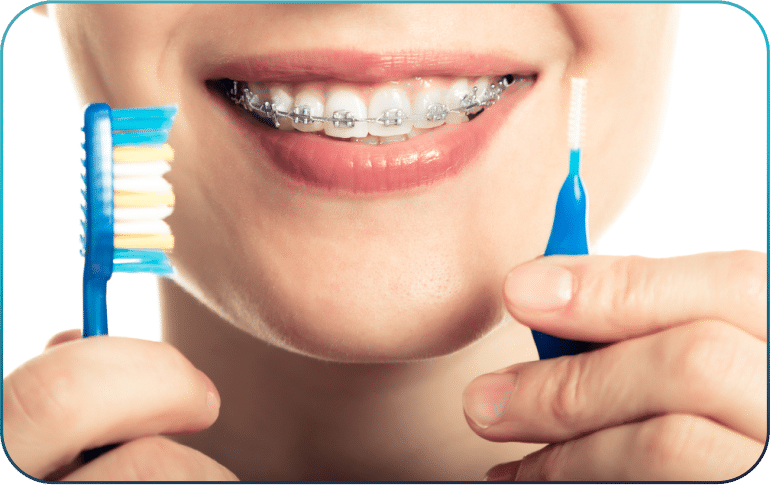Brushing & Flossing With Braces
Brushing & Flossing With Braces is essential for maintaining good oral hygiene throughout your orthodontic treatment. When you have braces or other orthodontic appliances, it’s easy for food particles and plaque to get trapped in hard-to-reach areas. This makes it even more important to follow a consistent oral care routine. Proper brushing and flossing with braces helps prevent tooth decay, gum disease, and staining. At Vista Orthodontics, we’re dedicated to helping you protect your smile every step of the way. Use this guide to learn effective techniques for brushing and flossing with braces and keep your teeth and gums healthy during treatment.

